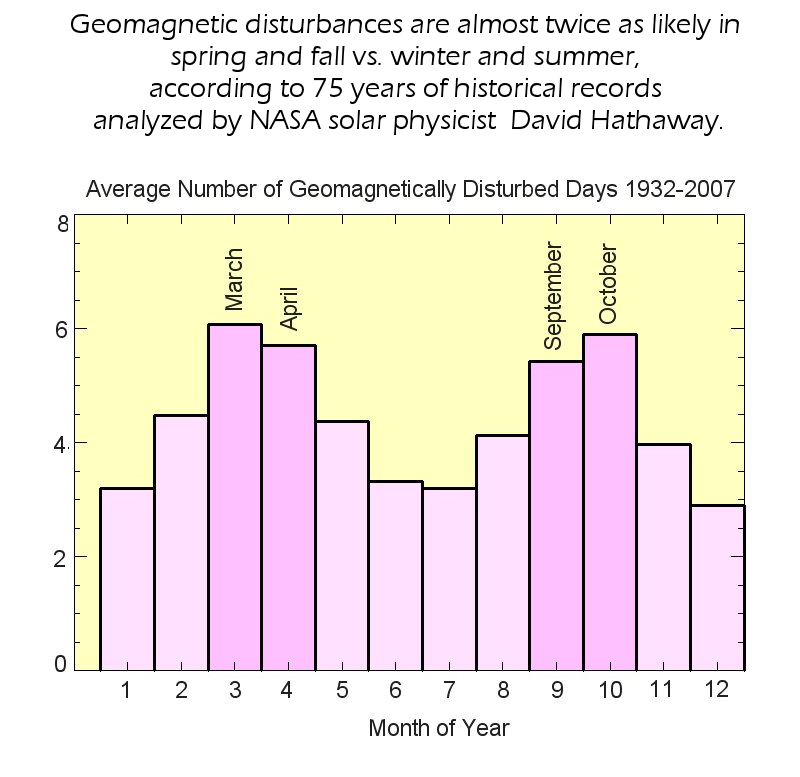Difference between revisions of "Science"
From Ice Age Farmer Wiki
Iceagefarmer (talk | contribs) |
Iceagefarmer (talk | contribs) |
||
| Line 4: | Line 4: | ||
* [http://computing.unn.ac.uk/staff/slmv5/kinetics/shepherd_etal_apj14_795_1_46.pdf Zharkova's dual dynamo model] that started the [[Media]] frenzy of denial. The two SBMF (Solar Background Magnetic Fields) are increasingly shifting out of phase, resulting in a drastic drop in output. | * [http://computing.unn.ac.uk/staff/slmv5/kinetics/shepherd_etal_apj14_795_1_46.pdf Zharkova's dual dynamo model] that started the [[Media]] frenzy of denial. The two SBMF (Solar Background Magnetic Fields) are increasingly shifting out of phase, resulting in a drastic drop in output. | ||
| + | |||
| + | * This is not a new line of research -- here is Jose's 1965 paper linking the sun's relationship (position/acceleration) around our system's barycentre to sunspot activity: | ||
| + | ** [http://giurfa.com/jose.pdf] | ||
| + | |||
| + | * and this has been extended (by Wilson/Carter/Waite) to factor in also the position of the giant (Jovian) planets, which also factor into these natural cycles: | ||
| + | ** [http://www.publish.csiro.au/AS/pdf/AS06018] | ||
| + | |||
| + | ... I find it particularly interesting in section 4.3 that they call out (emphasis mine): | ||
| + | |||
| + | Interestingly, the Sun’s solar cycle has been in the phase locked mode for the last 105 yr (1900–2005) and the indications are that it is about to suffer another phase catastrophe in the later part of cycle 24 (i.e. the solar cycle that will peak in ∼2011–2012). If this is the case, then we should expect that in the two decades following the phase catastrophe, the world’s mean temperature should be noticeably cooler i.e. '''the cooling should start in the late 2010s.''' This claim is based on the precedent that there were noticeable decreases in the world’s mean temperature following the last two phase catastrophes. The cool period know as the Dalton Minimum (1800–1820) that followed the phase catastrophe in the early 1790s and a similar cool period called the Victorian Minimum (1880–1900) that followed the phase catastrophe in the late 1870s. | ||
| + | |||
| + | ... and we have absolutely seen 3 years of [[Global Cooling]] now according to IPCC's own UAH data set | ||
| + | |||
| + | <youtube>fSrnO2E-anQ</youtube> | ||
=History= | =History= | ||
Latest revision as of 19:55, 2 October 2018
There is plenty of literature supporting these concepts.
- Geophysical, archaeological, and historical evidence support a solar-output model for climate change Charles A. Perry* and Kenneth J. Hsu 2000
- Zharkova's dual dynamo model that started the Media frenzy of denial. The two SBMF (Solar Background Magnetic Fields) are increasingly shifting out of phase, resulting in a drastic drop in output.
- This is not a new line of research -- here is Jose's 1965 paper linking the sun's relationship (position/acceleration) around our system's barycentre to sunspot activity:
- and this has been extended (by Wilson/Carter/Waite) to factor in also the position of the giant (Jovian) planets, which also factor into these natural cycles:
... I find it particularly interesting in section 4.3 that they call out (emphasis mine):
Interestingly, the Sun’s solar cycle has been in the phase locked mode for the last 105 yr (1900–2005) and the indications are that it is about to suffer another phase catastrophe in the later part of cycle 24 (i.e. the solar cycle that will peak in ∼2011–2012). If this is the case, then we should expect that in the two decades following the phase catastrophe, the world’s mean temperature should be noticeably cooler i.e. the cooling should start in the late 2010s. This claim is based on the precedent that there were noticeable decreases in the world’s mean temperature following the last two phase catastrophes. The cool period know as the Dalton Minimum (1800–1820) that followed the phase catastrophe in the early 1790s and a similar cool period called the Victorian Minimum (1880–1900) that followed the phase catastrophe in the late 1870s.
... and we have absolutely seen 3 years of Global Cooling now according to IPCC's own UAH data set
Contents
History
Previous Minima
Spörer Minimum
Effects
Drought
Food Production
Peak Food
- [3] as referenced in "Peak Food"
Solar Activity
Peaks at Equinoxes

- Russell-McPherron effect: cracks in magnetosphere appear due around the Equinoxes